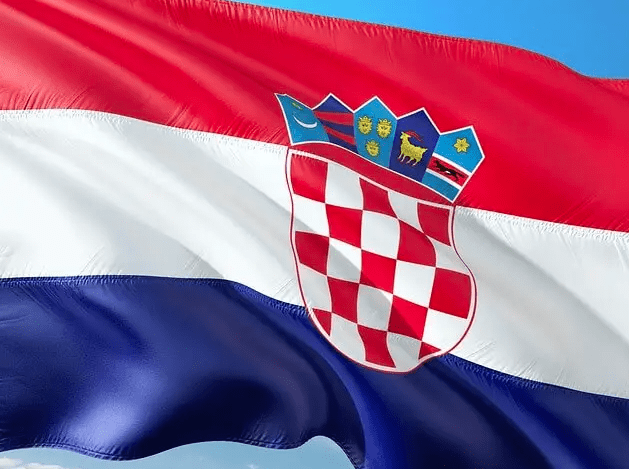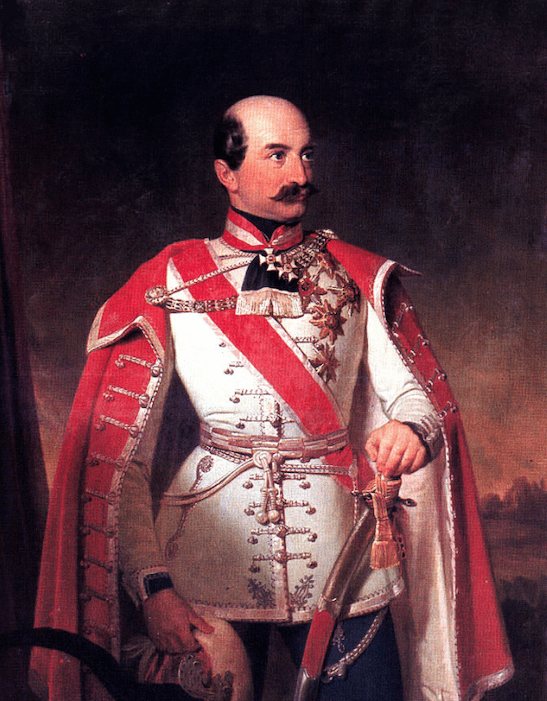Croatia is set to commemorate 5 June as Croatian Flag Day. This marks the first time the red-white-blue tricolour was raised in 1848 under Ban Josip Jelačić. This moment shaped Croatia’s national identity.
Croatian Flag Day – Jelačić’s tricolour
This week, the Croatian Parliament is expected to formalise a new commemorative date. 5 June will be proclaimed Croatian Flag Day, marked each year in honour of the events of 1848.
On that day, Josip Jelačić, a former imperial general, was inaugurated as Ban of the Triune Kingdom of Croatia, Slavonia, and Dalmatia. It was also the first time the red, white, and blue Croatian tricolour was flown. This flag is the very origin of the national flag as we know it today.

Jelačić’s banner set a national precedent
According to the Croatian Institute of History, Ban Jelačić, like his predecessors, received a richly decorated cavalry banner with a “swallowtail” pattern. On one side, the banner bore the coat of arms of the Triune Kingdom.
Unlike previous, monochrome red banners, Jelačić’s was a modern red-white-blue tricolour. Its front face displayed the Kingdom’s coat of arms, establishing a precedent for all future Croatian national and state flags.
From that moment, the tricolour spread widely across Croatian lands. Before this point, there had been no unified Croatian flag—each Ban had his own.

A flag tied to identity and independence
Jelačić’s inauguration marked a turning point that permanently defined the Croatian national flag. It secured its role in shaping and preserving the Croatian national identity.
This is the historical context behind the proposal being reviewed by Parliament. The initiative was revived by Andro Krstulović Opara, with backing from the Parliamentary Committee on Education and the Croatian Government.
Krstulović Opara is credited with reviving a concept originally proposed by institutions such as the Croatian History Museum, the Croatian Heraldic and Vexillological Society, the Brethren of the Croatian Dragon, and the Croatian Institute of History.
The original flag is a national treasure
Notably, the original Jelačić tricolour, considered the prototype for today’s flag, is held in the archives of the Croatian History Museum. Due to its fragility, it is rarely displayed publicly.
Few people realise that the flag was prominently displayed on 30 May 1990. This occurred during the first session of the democratically elected multiparty Parliament. A replica remained on display for years thereafter.
“Croatia is one of the few European nations to have preserved its original official national flag, a symbol of exceptional historical and cultural value,” stated the Education Committee in support of the 5 June designation.
Banned more often than flown
It’s worth noting that over the last 170 years, the Croatian tricolour was banned more often than it was permitted or officially flown.
The concept of tricolour flags gained traction in Europe after the French Revolution, as nation-states began to form.
Historians explain that the colours of Jelačić’s flag are rooted in heraldry: red and white derive from the historical coat of arms of the Kingdom of Croatia, while blue originates from the coats of arms of the Kingdoms of Slavonia and Dalmatia.
A design steeped in symbolism
The flag was adorned with painted coats of arms. On one side were the coats of the three kingdoms—Croatia, Slavonia, and Dalmatia—joined with an Illyrian symbol and topped with a crown. On the other was Ban Jelačić’s painted family crest.
Today’s Croatian flag still follows this legacy. It includes red, white, and blue stripes with the historical Croatian coat of arms—red and white chequers. The flag is crowned by five smaller shields representing the regions of Croatia.

